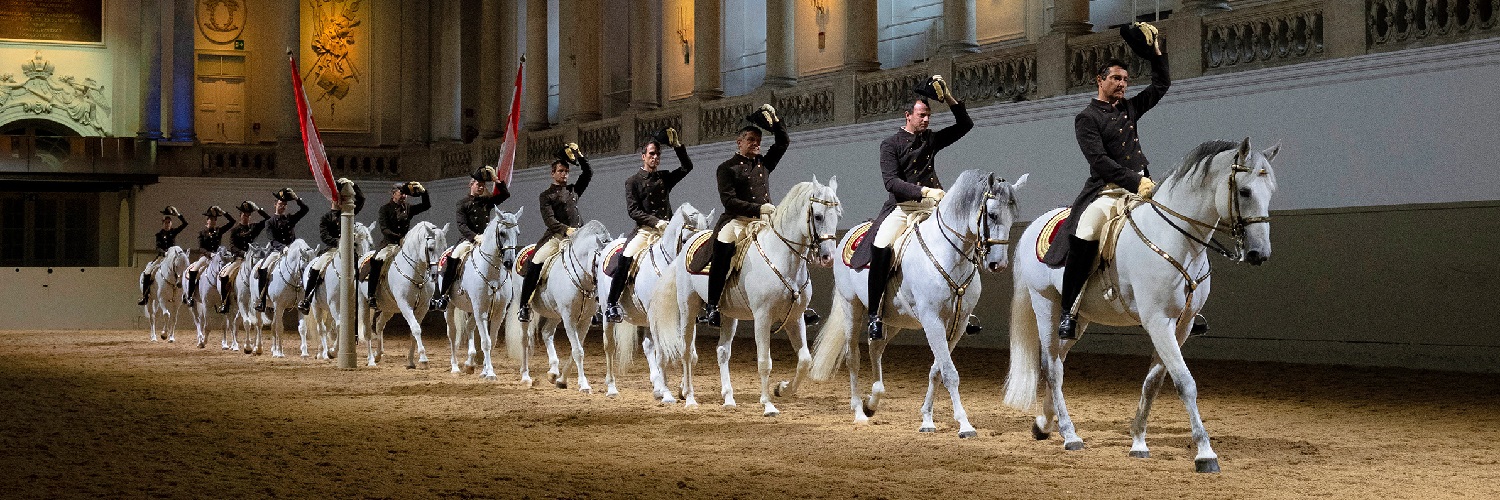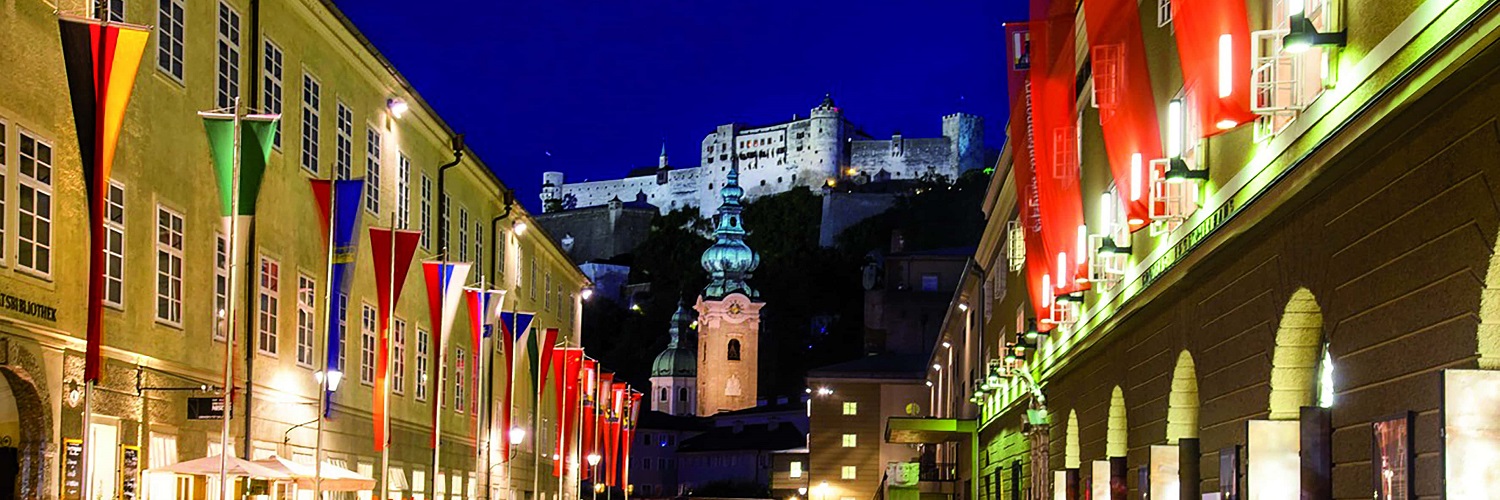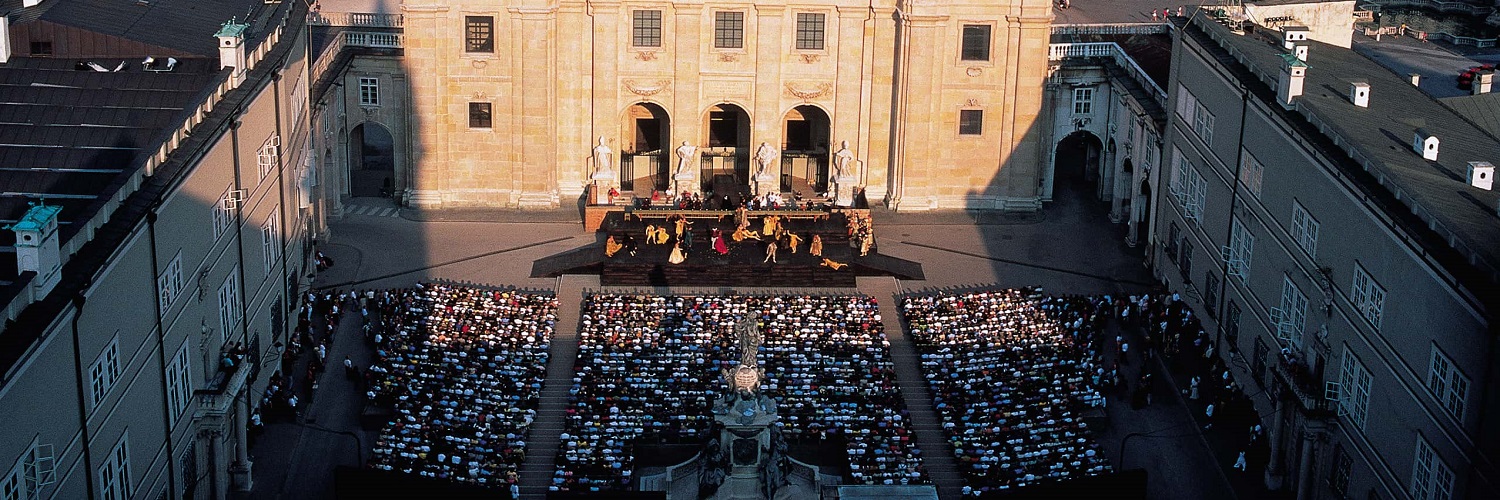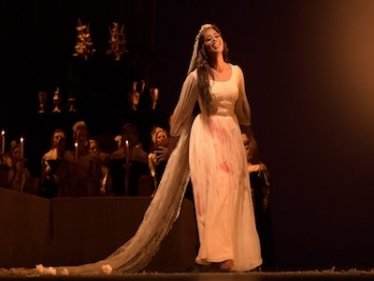Lucia di Lammermoor - Schedule, Program & Tickets
Lucia di Lammermoor
Dramma tragico in three acts
Libretto by Salvadore Cammarano
First performance on September 26, 1835 in Naples
Premiere at the Deutsche Oper Berlin on 15 December 1980
In Italian with German and English surtitles
2 hours 45 minutes / A break
Enrico wants to marry his sister Lucia to the mighty Lord Arturo Bucklaw to save his life. Lucia, on the other hand, swore eternal loyalty to Edgardo Ravenswood, the mortal enemy Enricos, who claims ancient rights to his property. With a fake letter accusing Edgardo of infidelity and blaming Lucia for the sinking of the family, Enrico succeeds in persuading Lucia to marry Lord Bucklaw. Edgardo arrives at the wedding and curses Lucia. She kills her husband. Edgardo challenges Enrico to a duel. Lucia is infuriated by madness that leads to death. Edgardo stabs when he hears the death knell.
Donizetti's most famous tragic opera goes back to Sir Walter Scott's popular 1819 novel: The Bride of Lammermoor. Salvatore Cammarano took a radical path in his libretto, neglecting not only the political premises of the conflict between the Ashtons and Ravenswoods and banishing the entire prehistory in some intimations in the dialogues, but also the complex web of relationships of the novel reduced to the conflicts between Enrico Ashton, his sister Lucia and her lover Edgardo.
Director and outfitter Filippo Sanjust's production is located in the period of origin of the work (1835). An intermediate curtain with a flowing royal blue curtain and a girl who wandered in ghostly fluttering clothes suggests the romantic theater space. The stage settings are reminiscent of reprint editions of old books. The black robes, red sashes, white collars, plumes and cuffs of the Scottish men create a colorful contrast - and a fitting setting for one of the main works of Italian bel canto.
It was the merit of Maria Callas to have resuscitated the work of Donizetti, neglected in Italy. Recorded recordings are known for the almost vibrato-free intimate tone of Callas, who, as for many roles in the highly dramatic coloratura section, has also set standards for the interpretation of Lucia.
The action of the protagonists is determined by extreme passions: on the one hand by Enrico's hatred of Edgardo (Cavatine "Cruda ... funesta smania", first act) and Lucia, who opposes his plans, and on the other by Lucia's love for Edgardo (Cavatine " Regna nel silenzio ", Act 1). That this love also means Lucia's demise is masterfully expressed in Donizetti's music: the coloraturas that describe their overwhelming love in the first act become a sign of their mental confusion in their madness aria at the dramatic climax of the opera.
A second moment of extreme emotional drama is the sextet "Chi mi frena in tal momento" in the second act. About this sextet Giacomo Puccini wrote: "In a relationship we Italians surpass the German composers, namely in the ability to infinite sadness in the To express major key. Edgardo and Lucia are deeply desperate - so much so that Lucia eventually falls into madness and Edgardo commits suicide; and what do we find in the singing voice? Sugar Plums! Sweet honey! - although Lucia sings: "I am betrayed by heaven and earth! I want to cry, but tears are denied me. Despair consumes my heart. "This sextet is rightly considered the most famous opera ensemble ever written. It's a masterpiece of polyphony ... "
Subject may change.
Libretto by Salvadore Cammarano
First performance on September 26, 1835 in Naples
Premiere at the Deutsche Oper Berlin on 15 December 1980
In Italian with German and English surtitles
2 hours 45 minutes / A break
Enrico wants to marry his sister Lucia to the mighty Lord Arturo Bucklaw to save his life. Lucia, on the other hand, swore eternal loyalty to Edgardo Ravenswood, the mortal enemy Enricos, who claims ancient rights to his property. With a fake letter accusing Edgardo of infidelity and blaming Lucia for the sinking of the family, Enrico succeeds in persuading Lucia to marry Lord Bucklaw. Edgardo arrives at the wedding and curses Lucia. She kills her husband. Edgardo challenges Enrico to a duel. Lucia is infuriated by madness that leads to death. Edgardo stabs when he hears the death knell.
Donizetti's most famous tragic opera goes back to Sir Walter Scott's popular 1819 novel: The Bride of Lammermoor. Salvatore Cammarano took a radical path in his libretto, neglecting not only the political premises of the conflict between the Ashtons and Ravenswoods and banishing the entire prehistory in some intimations in the dialogues, but also the complex web of relationships of the novel reduced to the conflicts between Enrico Ashton, his sister Lucia and her lover Edgardo.
Director and outfitter Filippo Sanjust's production is located in the period of origin of the work (1835). An intermediate curtain with a flowing royal blue curtain and a girl who wandered in ghostly fluttering clothes suggests the romantic theater space. The stage settings are reminiscent of reprint editions of old books. The black robes, red sashes, white collars, plumes and cuffs of the Scottish men create a colorful contrast - and a fitting setting for one of the main works of Italian bel canto.
It was the merit of Maria Callas to have resuscitated the work of Donizetti, neglected in Italy. Recorded recordings are known for the almost vibrato-free intimate tone of Callas, who, as for many roles in the highly dramatic coloratura section, has also set standards for the interpretation of Lucia.
The action of the protagonists is determined by extreme passions: on the one hand by Enrico's hatred of Edgardo (Cavatine "Cruda ... funesta smania", first act) and Lucia, who opposes his plans, and on the other by Lucia's love for Edgardo (Cavatine " Regna nel silenzio ", Act 1). That this love also means Lucia's demise is masterfully expressed in Donizetti's music: the coloraturas that describe their overwhelming love in the first act become a sign of their mental confusion in their madness aria at the dramatic climax of the opera.
A second moment of extreme emotional drama is the sextet "Chi mi frena in tal momento" in the second act. About this sextet Giacomo Puccini wrote: "In a relationship we Italians surpass the German composers, namely in the ability to infinite sadness in the To express major key. Edgardo and Lucia are deeply desperate - so much so that Lucia eventually falls into madness and Edgardo commits suicide; and what do we find in the singing voice? Sugar Plums! Sweet honey! - although Lucia sings: "I am betrayed by heaven and earth! I want to cry, but tears are denied me. Despair consumes my heart. "This sextet is rightly considered the most famous opera ensemble ever written. It's a masterpiece of polyphony ... "
Subject may change.
There are no products matching the selection.






